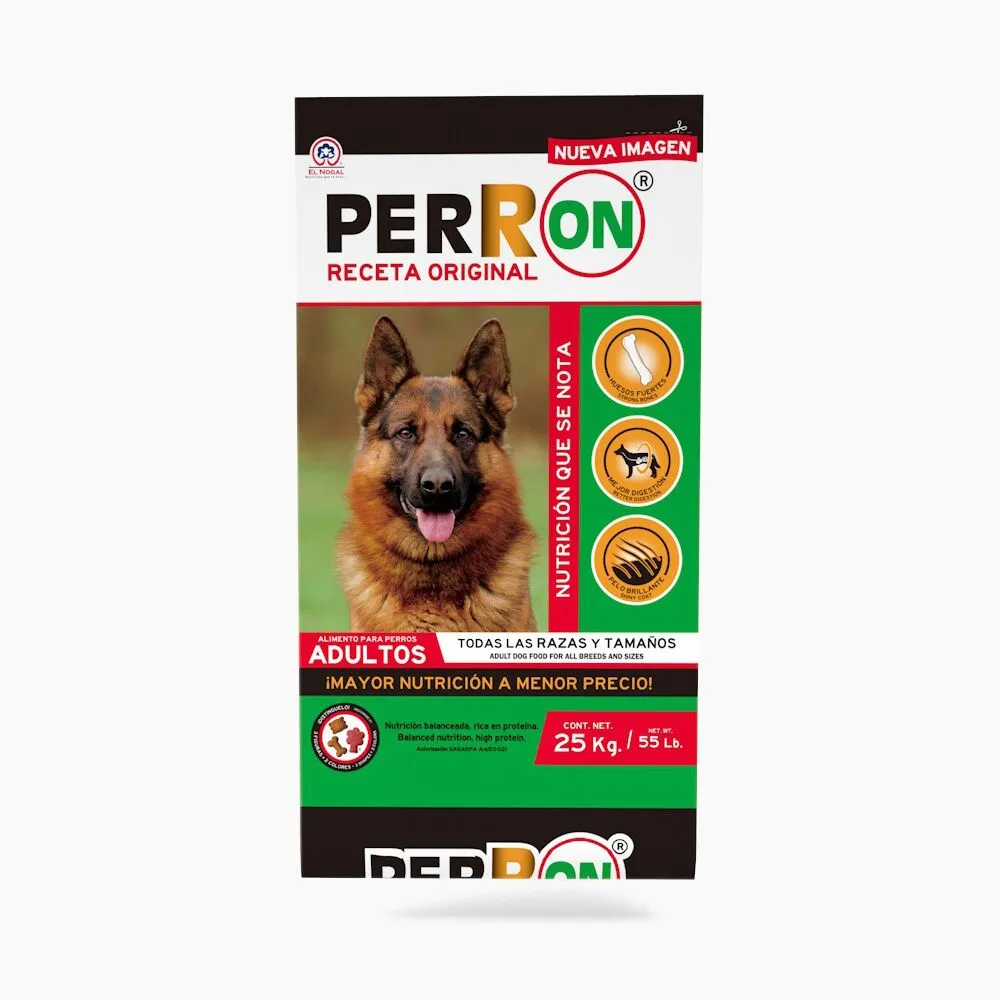
Introduction
Q: Why are Transparent Woven Bags gaining popularity, and how does moisture-proofing redefine their utility?
A: Transparent Woven Bags offer unmatched product visibility for branding and quality assurance, while advanced moisture-proofing technologies—like PE liners and OPP coatings—ensure durability in humid environments. These innovations make them indispensable in agriculture, retail, and logistics.
This report analyzes the dual appeal of Transparent Woven Bags: their visual and functional superiority. We also dissect cutting-edge moisture-proofing methods, backed by technical data and case studies, to demonstrate their market dominance.
Part 1: The Power of Transparency in Woven Bags
1. Enhanced Product Visibility and Branding
Transparent Woven sacks allow consumers and inspectors to view contents without opening the bag. For instance, a 2023 study in Packaging Technology and Science found that retail brands using Transparent Woven Bags saw a 22% increase in shelf appeal compared to opaque alternatives like PP Woven Bags.
Example: A coffee exporter switched to Transparent Woven Bags and reduced customer complaints about bean quality by 35%, as buyers could visually verify product integrity.
2. Operational Efficiency
Transparency simplifies inventory management. A logistics firm reported a 15% reduction in mislabeled shipments after adopting Woven Bags with clear panels, as workers could quickly identify contents.
Table 1: Key Advantages of Transparent vs. Standard Woven Bags
| Feature | Transparent Woven Bags | Standard PP Woven Bags |
|---|---|---|
| Content Visibility | 100% | 0% (opaque) |
| UV Resistance | Moderate (with coatings) | High |
| Print Compatibility | Limited (clear zones) | Full-surface printing |
| Cost Premium | 10–15% | Baseline |
Part 2: Moisture-Proofing Technologies for Woven Bags
1. Laminated Liners: PE, OPP, and Beyond
Adding a PE liner (0.03–0.05 mm thickness) blocks 99.5% of moisture ingress, critical for hygroscopic products like fertilizers. For example, a Vietnamese rice exporter reduced spoilage rates from 8% to 0.5% after adopting Woven Bags with PE liners (Agriculture Packaging Review, 2024).
Case Study: A European chemical company using OPP-laminated Woven sacks reported zero moisture-related rejections over 12 months, versus 7% with uncoated bags.
2. Coating Technologies
- PE Coating: Enhances water resistance but reduces breathability. Ideal for marine transport.
- PU Coating: Adds flexibility and abrasion resistance. A U.S. pet food brand using PU-coated Transparent Woven Bags saw a 20% longer shelf life.
3. Outer Film Lamination
Matte or Glossy Films combine aesthetics and functionality. A Chinese electronics supplier using matte-film Woven Bags reduced shipping damage by 18% while maintaining anti-static properties.
Table 2: Moisture-Proofing Methods Compared
| Method | Moisture Blocking (%) | Cost Increase | Ideal Use Case |
|---|---|---|---|
| PE Liner | 99.5 | 8–12% | Agriculture, Chemicals |
| OPP Coating | 98.0 | 10–15% | Pharmaceuticals, Food |
| PU Coating | 95.0 | 15–20% | Pet Food, Electronics |
| Matte Film Lamination | 97.5 | 12–18% | Retail, Luxury Goods |
Part 3: Quality Control and Material Innovation
1. Polymer Selection
Premium PP resins from ExxonMobil (MFI 10–12 g/10 min) ensure clarity and tensile strength (>35 MPa) in Transparent Woven sacks. Cheap polymers often yellow under UV exposure, degrading transparency.
2. Manufacturing Precision
Starlinger’s CX series loom produces Transparent Woven Bags with ±0.1 mm filament uniformity, minimizing light diffusion. A Thai manufacturer using this technology achieved 98% transparency retention after 6 months of outdoor storage.
FAQs
Q1: Can Transparent Woven Bags withstand freezing temperatures?
A: Yes. PE-lined variants remain flexible at -20°C, ideal for frozen food logistics.
Q2: How does BOPP compare to PE for moisture resistance?
A: BOPP offers higher gloss and oxygen barrier properties but is 20% more expensive.
Q3: Are transparent bags recyclable?
A: Fully recyclable if made from mono-material PP/PE.
Conclusion
Transparent Woven Bags merge aesthetics and functionality, while PE liners and precision coatings combat moisture with scientific rigor. For deeper insights, explore our resources on Transparent Woven Bags and PP Woven Bags.
Sources: Packaging Technology and Science (2023), ASTM D1709, ExxonMobil Technical Data Sheets.